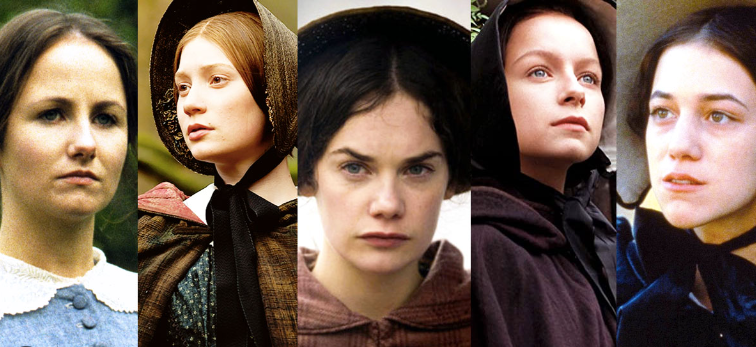Exploring “Jane Eyre” and Its Cinematic Adaptations
“Jane Eyre,” Charlotte Brontë’s timeless novel, has captivated readers since its publication in 1847. The story of a young governess who overcomes adversity and seeks love and independence resonates with audiences across generations. With its rich themes and complex characters, it’s no wonder that filmmakers and television producers have been drawn to adapt this classic tale numerous times. Let’s delve into the world of “Jane Eyre” and its cinematic interpretations.
The Enduring Allure of the Source Material
One of the primary reasons “Jane Eyre” remains relevant is its exploration of fundamental human experiences: love, loss, and the pursuit of equality. The struggles faced by Jane, as an orphaned woman in a patriarchal society, draw connections to contemporary issues surrounding gender and social justice. These themes lend themselves beautifully to adaptations, allowing modern audiences to find new meanings in the narrative. Each retelling invites us to experience Jane’s journey in a fresh light, making the story continuously engaging.
Notable Film and Television Adaptations
Over the years, “Jane Eyre” has seen dozens of adaptations across various media. Notably, the 2011 film starring Mia Wasikowska and Michael Fassbender offered a visually stunning and emotionally resonant interpretation of the classic. This version excelled in capturing the Gothic atmosphere of Thornfield Hall while emphasizing the romantic tension between Jane and Mr. Rochester. Television adaptations, such as the acclaimed 2006 BBC miniseries, also brought depth to the characters and provided ample screen time to fully explore the intricate plot. Each adaptation, whether big screen or small, reinterprets the nuances of Jane’s character, helping the story resonate with new audiences.
Diving Into the Differences
While most adaptations faithfully follow the plot of Brontë’s novel, each brings its own unique flair, whether through directorial choices, casting, or even setting. Certain versions, like the 1996 film starring William Hurt and Charlotte Gainsbourg, take creative liberties with the story, while others strive for a more faithful representation. These variations allow viewers to appreciate different aspects of the narrative, from the character development of Jane herself to the imposing figure of Mr. Rochester. Understanding these differences is essential for both newcomers and loyal fans, as it highlights how interpretation shapes our understanding of the original text.
In Conclusion
“Jane Eyre” continues to inspire adaptations that engage audiences today, showcasing the story’s enduring significance and relevance. Exploring the various interpretations allows us to appreciate the creative artistry behind each retelling while deepening our connection to Brontë’s masterpiece. If you haven’t yet explored these adaptations, consider diving into a film or series to witness how this classic story remains vibrant through various lenses. Happy watching!
